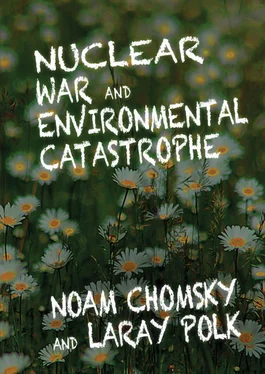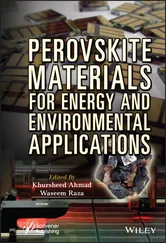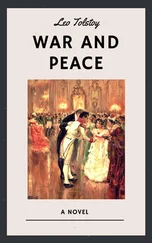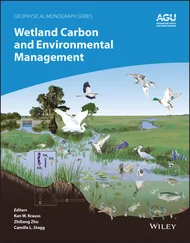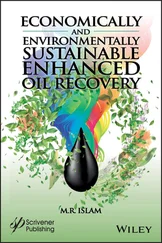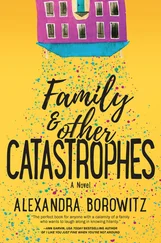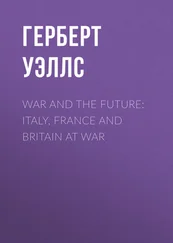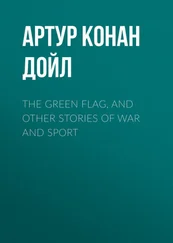In 1984 Monsanto and six other manufacturers settled with US veterans in a class-action lawsuit; $180 million was distributed according to a plan partially designed by US District Judge Jack B. Weinstein. In 2005 Weinstein denied claims sought by Vietnamese victims of Agent Orange on grounds of specific intent: “The United States did not use herbicides in Vietnam with the specific intent to destroy any group. Nor were those herbicides designed to harm individuals or to starve a whole population into submission or death. The herbicides were primarily applied to plants in order to protect troops against ambush, not to destroy a people.” Vietnam Association for Victims of Agent Orange/Dioxin v. Dow Chemical Co. et al., MDL No. 381, 04-CV-400 (E.D.N.Y. March 25, 2005). See also Dominic Rushe, “Monsanto Settles ‘Agent Orange’ Case with US Victims,” Guardian (London), February 24, 2012.
Martin Chulov, “Iraq Littered with High Levels of Nuclear and Dioxin Contamination, Study Finds,” Guardian (London), January 22, 2010; Aseel Kami, “Iraq Scarred by War Waste,” Globe and Mail (Toronto), October 24, 2008. Burn pits are another source of lethal toxicity: “Since 2003, defense contractors have used burn pits at a majority of U.S. military bases in Iraq and Afghanistan as a method of destroying military waste. The pits incinerate discarded human body parts, plastics, hazardous medical material, lithium batteries, tires, hydraulic fluids, and vehicles. Jet fuel keeps pits burning twenty-four hours a day, seven days a week.” J. Malcolm Garcia, “Toxic Trash: The Burn Pits of Iraq and Afghanistan,” Oxford American , August 24, 2011.
In 1994 Pres. Clinton established the Advisory Committee on Human Radiation Experiments (ACHRE) to investigate US government-funded research conducted between 1944 and 1974. A host of documents were sought, assembled, and declassified, establishing nearly four thousand radiation experiments involving plutonium and other atomic bomb materials; nontherapeutic research on children; total body irradiation; research on prisoners; intentional radioisotope distribution and atmospheric releases; and observational research involving uranium miners and residents of the Marshall Islands. In 1995 documents from the original ACHRE site were obtained by the National Security Archive (an independent nongovernmental research institute and library) located at George Washington University in Washington, DC.
In January 1995 Russia misidentified a Norwegian weather rocket as a US submarine-launched ballistic missile. Pres. Boris Yeltsin had the controls for a nuclear launch in hand, but decided at the last minute it had been a false alert. “As Russian capabilities continue to deteriorate, the chances of accidents only increase…. Russia’s early warning systems are ‘in a serious state of erosion and disrepair,’ making it all the more likely that a Russian president could panic and reach a different conclusion than Yeltsin did in 1995.” Joseph Cirincione, Bomb Scare: The History and Future of Nuclear Weapons (New York: Columbia University Press, 2007), 96–97.
UN Security Council Resolution 1887 was unanimously approved on September 24, 2009. Two days later, in Pittsburgh, PM Manmohan Singh told the press Pres. Obama had assured him the resolution—which calls on nonmembers of the NPT to join—wasn’t aimed at India, and that the “US commitment to carry out its obligations under the civil nuclear agreements… remains undiluted.” On October 2 Israeli officials said Obama had reassured them that the four-decade-old ambiguity policy that allows “Israel to keep a nuclear arsenal without opening it to international inspections” remained in effect. “NPT Resolution Not Directed against India: US,” Indo-Asian News Service, September 26, 2009; Eli Lake, “Obama Agrees to Keep Israel’s Nukes Secret,” Washington Times , October 2, 2009.
On Reagan-Zia alliance and nuclear program, see note 3, chap. 2.
James Lamont and James Blitz, “India Raises Nuclear Stake,” Financial Times , September 27, 2009.
Prior to Pres. Bush’s nuclear deal with India in 2006, the Nuclear Suppliers Group (NSG) functioned as a “relatively effective nonproliferation cartel.” The NSG grew out of a secret meeting between US officials and nuclear technology suppliers in 1975 in response to India’s first nuclear detonation a year earlier. The meeting established controls on the sale of flagged items and an agreement to bar sales to non-nuclear-weapon states for use at sites outside the purview of IAEA inspection. Bush allowed the selling of nuclear reactors, fuel, and technology to a country that maintains at least eight facilities kept off-limits to inspection. As a consequence, the move compromised a secondary system—the NPT as primary—of nonproliferation checks and balances. Cirincione, Bomb Scare , 37–38.
During the IAEA General Conference in 2009, back-to-back resolutions were adopted pertaining to the NPT and the establishment of a nuclear-weapon-free zone in the Middle East. Resolution 16 addresses the Middle East in general; it passed by a vote of 103–0. Resolution 17 specifically addresses Israel. It passed by a narrow margin of 49–45 with the “vote split among Western and developing nation lines.” Upon passage, chief Israeli delegate David Danieli told the chamber, “Israel will not cooperate in any matter with this resolution.” IAEA General Conference, GC(53)/RES/16 and RES/17, September 2009; Sylvia Westall, “UN Body Urges Israel to Allow Nuclear Inspection,” Reuters, September 18, 2009.
A nuclear-weapon-free zone (NWFZ) in the Middle East was first proposed in 1962 by a group of Israeli intellectuals, the Committee for the Denuclearization of the Middle East, followed by a joint Egyptian-Iranian General Assembly resolution in 1974. The resolution has passed every year since, though numerous obstacles have prevented the zone from being enacted. “Scientists Call for Nuclear Demilitarization in the Region,” Ha’aretz (Hebrew), July 25, 1962; Nabil Fahmy and Patricia Lewis, “Possible Elements of an NWFZ Treaty in the Middle East,” Disarmament Forum , no. 2 (2011): 39–50. On the US and collapse of the 2012 Helsinki Conference, see Noam Chomsky, “The Gravest Threat to World Peace,” Truth-Out.org , January 4, 2013.
In December 1960 the US government submitted five questions to Israel regarding its possible nuclear weapons program: “(1) What are present GOI (government of Israel) plans for disposing of plutonium which will be bred in new reactor? (2) Will GOI agree to adequate safeguards with respect to plutonium produced? (3) Will GOI permit qualified scientists from the IAEA or other friendly quarters visit new reactor? If so, what would be earliest time? (4) Is a third reactor in either construction or planning stage? (5) Can Israel state categorically that it has no plans for developing nuclear weapons?” Avner Cohen, Israel and the Bomb (New York: Columbia University Press, 1998), 93–94.
On September 26, 1969, a policy of Israeli nuclear ambiguity was agreed upon by Pres. Nixon and PM Golda Meir. It remained secret until revealed by journalist Aluf Benn in 1991. Avner Cohen and Marvin Miller, “Bringing Israel’s Bomb Out of the Basement: Has Nuclear Ambiguity Outlived Its Shelf Life?,” Foreign Affairs , September/October 2010. Cohen has drawn parallels between Israel’s policy and Iran’s possible nuclear ambitions: “It is straddling the line, and in my opinion, Iran wants to, and can, remain for some time with the status of a state that might or might not have the bomb. Iran is a state of ambiguity.” Noam Sheizaf, “Clear and Present Danger,” Ha’aretz , October 29, 2010.
Читать дальше
